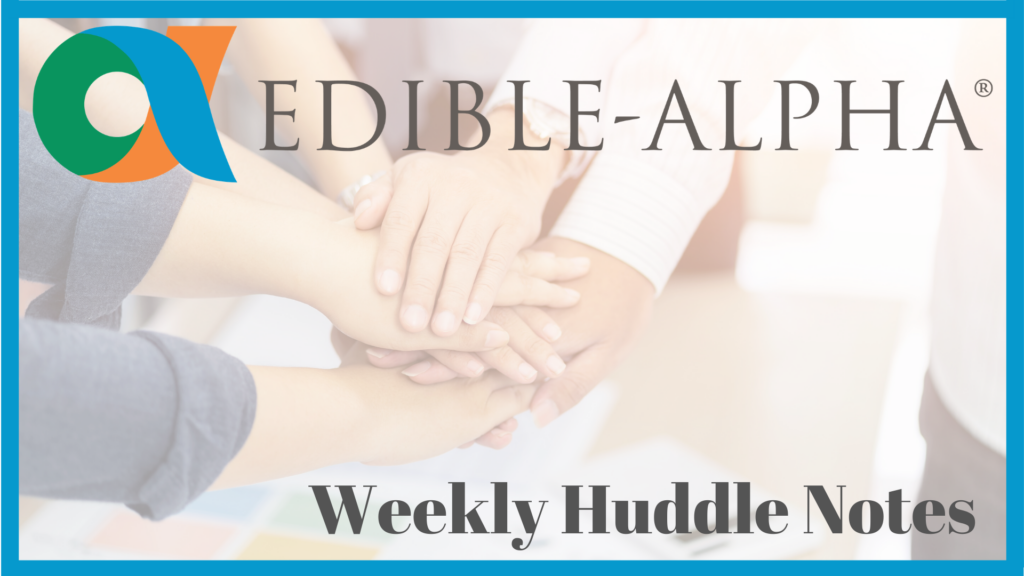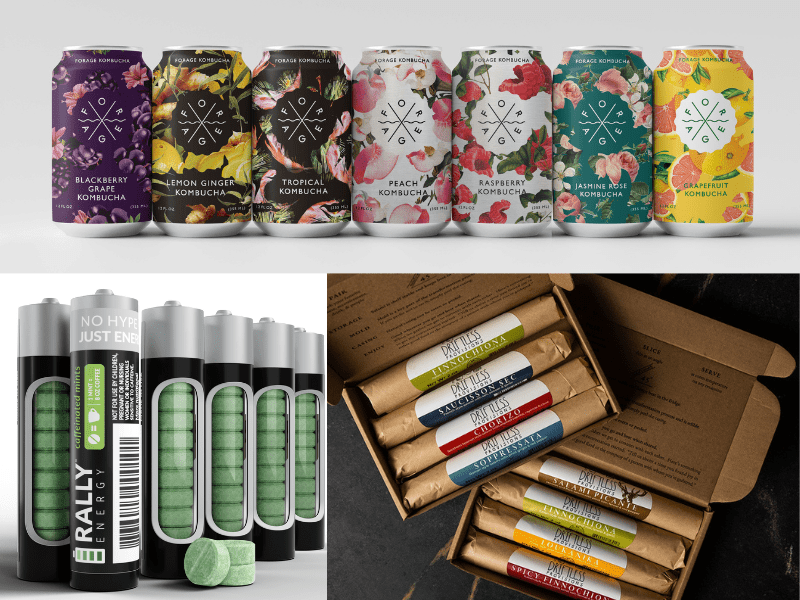The huddles this week focused on how the current situation for food and farm businesses is going to go on for a while and coming out of it will be very slow.
Talking Points
- Businesses and Entrepreneurs need to react fast: Consensus says there is going to be a recession, and it’s going to be bad.
- Those hesitant to lay off employees or to go to their landlords to negotiate rent, will see their bills begin to pile up – you need to have these conversations now.
- Get a handle on your cash – if you haven’t created a 13-week rolling cashflow do it now.
- We have a template and a free on-demand course to help you do this
- You can contact a local Small Business Development Centers to help with cash flow forecasting
- Read this Article: New Hope’s How the Coronavirus Pandemic is Impacting Farmers, published after interviewing Tera
- Small Business Administration (SBA) programs
- Coronavirus Aid, Relief, and Economic Security (CARES) Act: Paycheck Protection Program
- The Small Business Owner’s Guide to the CARES Act – Guide Link
- Applicants must already have a lender relationship with a bank or institution that have a relationship with SBA. Call your current lender(s) to see if they have that SBA relationship and ask if they are ready to accept PPP applications. Make that call today if possible.
- Here are links for more information from the U.S. Treasury:
- Disaster Loan Program – Apply directly on the SBA website
- Loans currently exclude farm businesses however, efforts are being taken to ask the SBA to expand the reach of these programs and include farm businesses.
- Coronavirus Aid, Relief, and Economic Security (CARES) Act: Paycheck Protection Program
- Federal Labor Laws
- Unemployment
- You can now self-certify that you’re unemployed and claim for reasons previously not covered (i.e. taking care of children because schools are closed, caring for yourself and/or family sick with COVID19).
- Extended to cover independent contractors.
- Length of benefits has been extended to 29 weeks with an additional $600 supplement.
- Paid Leave: No longer any limits
- FMLA: Even with COVID 19 leave you still qualify for FMLA, in the same year.
- Social Security Taxes: Employers can delay paying 2020 social security taxes, up to 50% (50% of the deferment due by December 2021. Remaining 50% is due by December 2022).
- Lay Offs: Larger (500+ employees) companies were previously required to inform those being laid off with a 60-day notice, if 50 or more people were to be laid off. This has been lifted and is no longer valid during this time period.
- Unemployment
Trends
- Thinking Ahead
- Is there a way for food businesses to immune boost products? Potential to source with farms producing natural supplement ingredients.
- Create a plan for potential future business opening/closing/opening, which isn’t disruptive to operations – create a resilient company.
- Food pantries:
- Unemployment rates will surge the need for food pantries. How do we get food to food pantries?
- Food hubs weren’t food pantries before COVID19 but may have supplied them. Can food hubs partner with them with them more proactively?
- Neighbor Loaves program allows consumers to purchase bread from bakeries using local grains that is then donated to food shelves.
- Market Research
- COVID19 has boosted online purchasing more than any other marketing efforts prior — in-person sales may not go back to the way they were before. 50% of online food sales were through Amazon. Having a strategy for Amazon and online sales is a necessity.
- We are working on putting together curriculum for selling online, stay tuned!
- Food Safety: Future food safety training need to focus on social distancing specifically around issues with managing employees in food processing facilities and farm workers (i.e. reorganize meat cutting work areas into pods, to limit potential virus exposure to a single pod instead of the whole plant).
- Exports
- Global halt on food exports such as rice and meats, creating an inflation in price.
- Back hauls for truckers are empty, which are driving up freight costs and therefore making things harder to get where they are supposed to be.
- Bottlenecks in distribution systems since they were optimized for how the US consumed food, specializing working with just food or just retail. Stores and restaurants closing means distribution is down and it’s not a simple switch to retail distribution or vice versa.
Tips
- Check your local Extension offices for webinars to guide you through this time on topics like farmers markets, farms migrating to online sales, food safety, farm product pricing models, and good agricultural practices.
- The Artisan Grain Collaborative is a resource for mills and bakeries selling online: http://graincollaborative.com/2020/03/24/upper-midwest-food-and-beverage-resources/
- Meat Producer Resources:
- http://calculator.meatsuite.com/ for pricing cuts on meat from Cornell.
- Livestock Compass – CIAS https://www.cias.wisc.edu/new-livestock-compass-spreadsheet/
Immediate Next Steps
- Get your 13-month rolling cash flow statements together.
- Apply for SBA and other locally available programs.
- Consider what the next 18 months could be like for your business and remember Each situation will be different based on the location and distribution area of the business.

